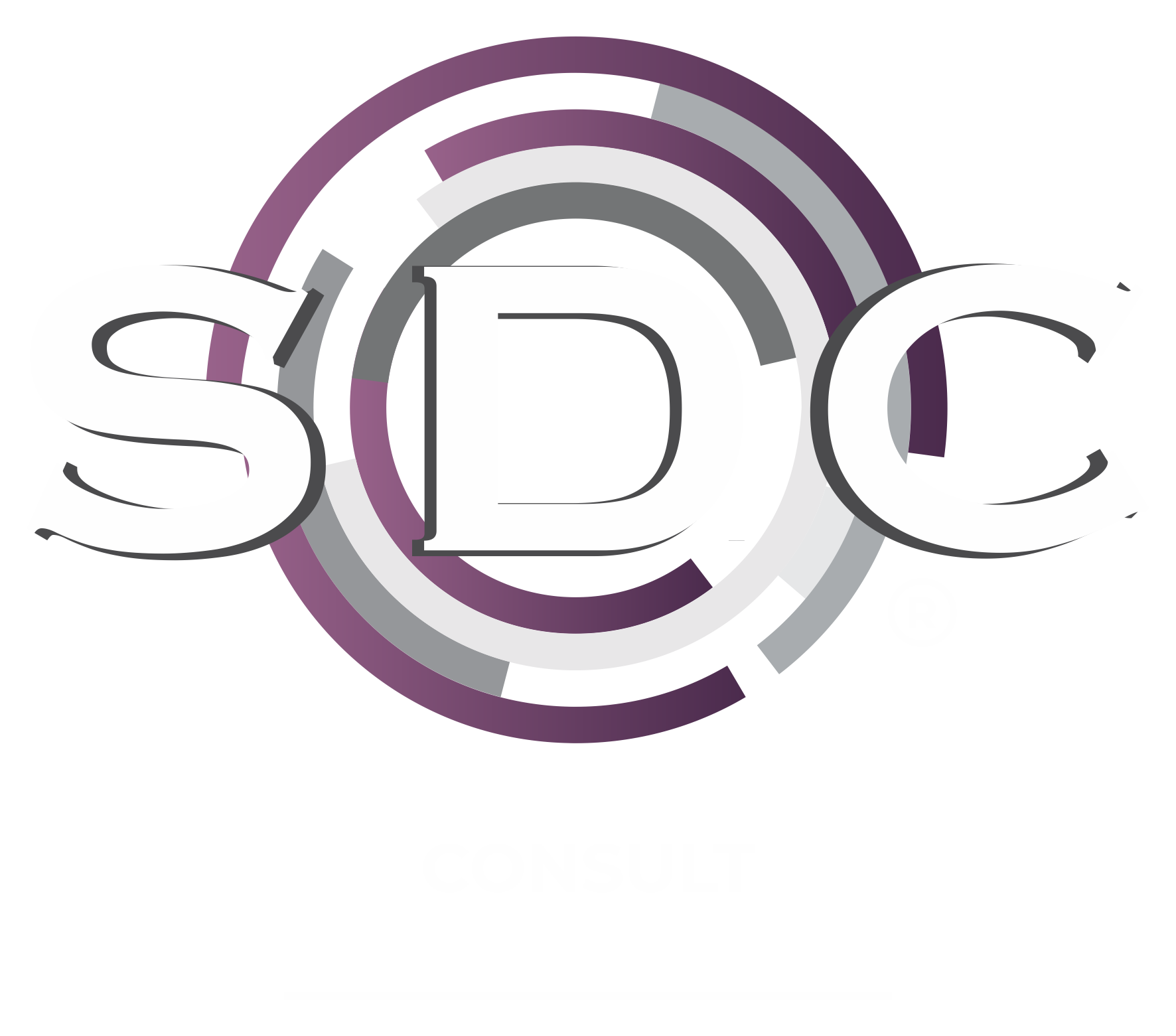
-
SDC Consult > Short Courses > Occupational Health and Safety
Occupational Health and Safety
Certification:
Received upon successful completion of the course.


Occupational Health and Safety
Occupational Health and Safety (OHS) training refers to the process of educating employees and employers about the principles, practices, and regulations related to workplace safety and health. The primary goal of OHS training is to prevent accidents, injuries, and illnesses in the workplace by equipping individuals with the knowledge and skills necessary to identify and mitigate potential hazards.
In many countries, OHS training is a legal requirement for both employers and employees to ensure a safe and healthy work environment. Complying with OHS regulations and providing proper training not only reduces the risk of workplace accidents but also helps protect the well-being of workers, improve productivity, and reduce healthcare and compensation costs associated with workplace injuries and illnesses.
Occupational health and safety in the workplace according to the Health and Safety Act:
The Occupational Health and Safety Act encourages employers and employees to deal with workplace safety through consultation and co-operation. Employers must provide and maintain a safe work environment and have effective policies and procedures in place to manage health and safety risks. Employees must ensure their own health and safety, and that of colleagues, families, and all other visitors to the workplace. The objects of the Act are to secure and promote the health, safety and welfare of people at work, and to protect people at a place of work against risks to health or safety arising out of the activities of persons at work. The Act also provides for consultation and co-operation between employers and employees in achieving its objectives.

Course Index
- Identify potential hazards in the work area
- In case of an emergency
- Recording and reporting incidents
- Compensation for occupational injuries and diseases act (COIDA)
What can be learned.
Hazard Identification:
Training helps employees and employers recognize potential workplace hazards, such as unsafe machinery, chemicals, or ergonomic issues.
Risk Assessment:
OHS training teaches individuals how to assess the level of risk associated with specific tasks or work environments.
Safety Procedures:
Employees are educated about safety protocols, emergency procedures, and the proper use of safety equipment like personal protective equipment (PPE).
Regulatory Compliance:
OHS training often covers local, state, and federal regulations governing workplace safety and health, ensuring that employers and employees are aware of their legal obligations.
Injury Prevention:
It includes instruction on safe work practices and techniques to minimize the risk of accidents and injuries.
Health and Wellness:
Some OHS programs also address employee well-being by promoting healthy lifestyles and stress management.
Reporting and Response:
Training typically emphasizes the importance of reporting incidents, injuries, or unsafe conditions promptly, as well as how to respond to emergencies effectively.
Continuous Improvement:
OHS training may encourage a culture of continuous improvement, where employees and employers work together to identify and address safety issues over time.
Available Platforms:
- Face-to-face at one of our training venues.
- Online via Microsoft Teams.
Check-in time is at 8:15, introduction starts at 08:30 to 09:00am
Course Includes:
Tea, coffee, cookies, 2 sweets, water, pen, manual and a light snack for lunch. The courses usually end around 13:00 depending on the size of the company as well as the number of questions during the course.
Break Times:
There will be a break at 10:30 that includes tea, coffee, and a muffin. The course will commence at 11:00 to 13:00.
